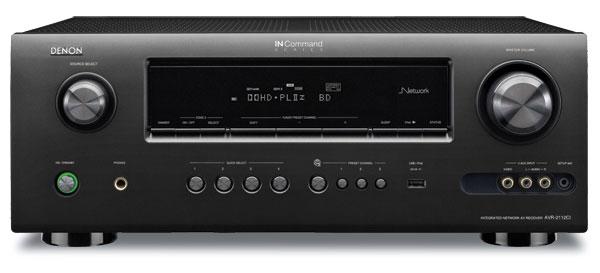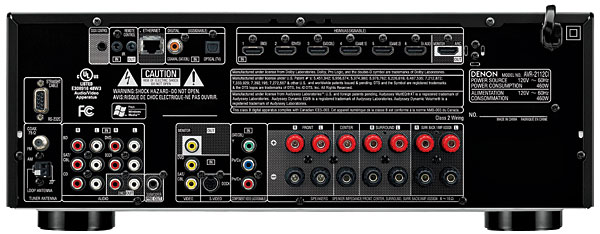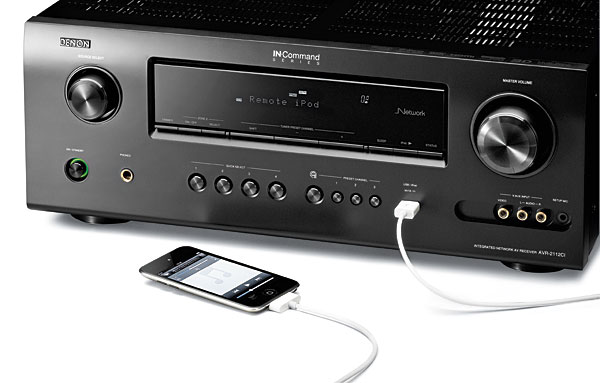You review of the AVR 2112Ci suggests that the Receiver clips some Whites and Blacks. This is a known issue with some of the xx12 Denon Receivers and was remedied via a Firmware update. I highly suggest you perform a Firmware update and possibly redo the "Video Test Bench" so your readers can have a more accurate review. Thanks,
Ray


































































